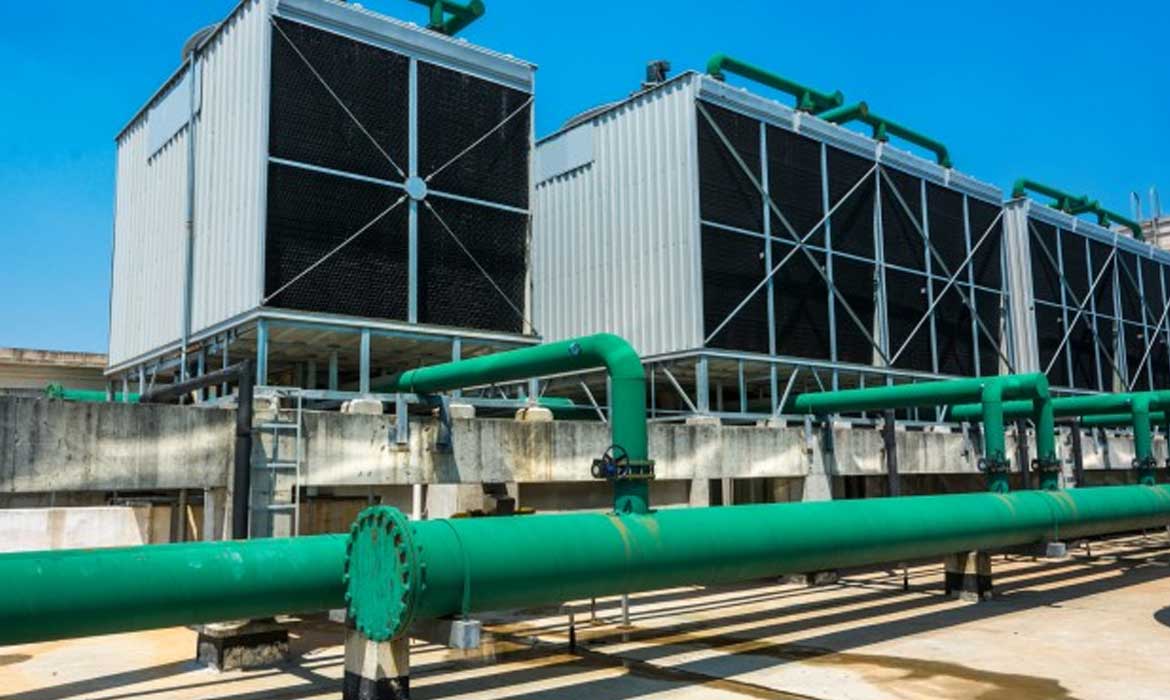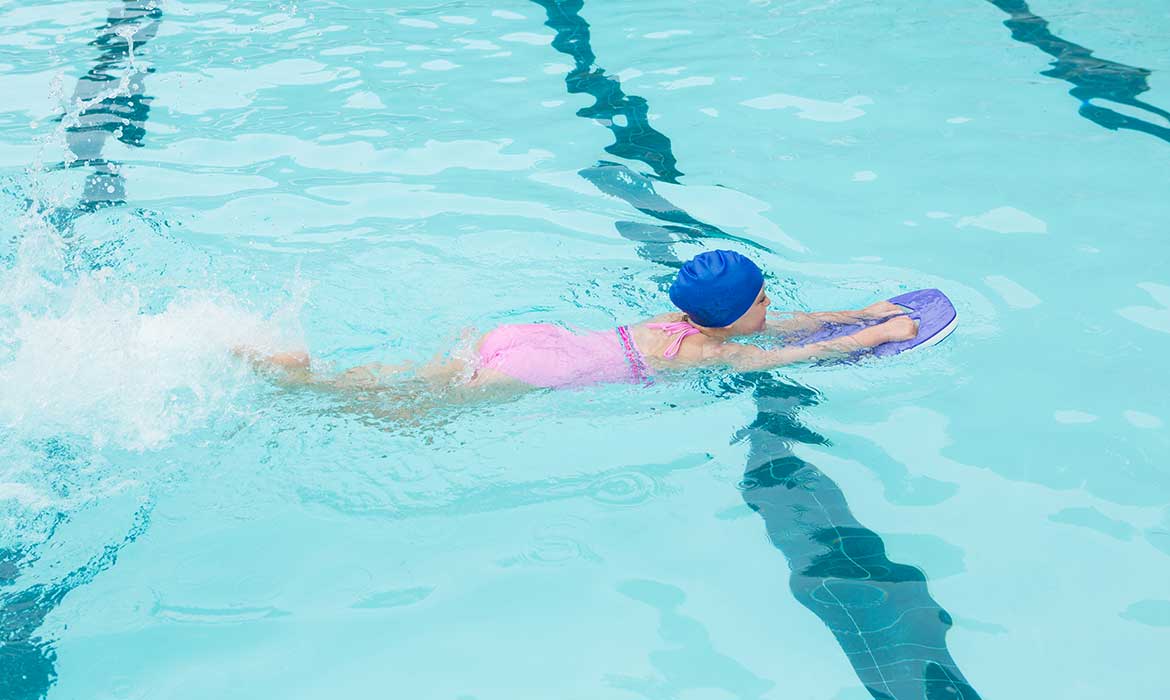Good business starts with a good budget that includes keeping the overhead down. Part of every business is having a clean and comfortable place for customers and clients to do business in. When there is any kind of problem in the cooling towers you should find a company that offers proper and quality cooling tower services. Cooling tower water treatment quality affects the operational efficiency, operating cost and cost of equipment, and dependability of a cooling system. For companies using cooling towers to remove heat from an industrial process or for cooling large buildings, there are several issues that can surface during the cooling tower water treatment process that we see on a regular basis. We will assist you in recognizing the three common Cooling Tower Problems and the best options to protect your business or mechanical property
Common Cooling Tower issues
Buildings that feature cooling towers must keep track of and control the four major types of water treatment issues. These are biological contamination, corrosion, fouling and scaling.
Corrosion is very common in cooling systems. Many companies tend to ignore the condition in the first place. They accept the corrosion as an inevitable process, especially in old cooling towers. Cooling towers are placed in the open and corrosion in the cooling tower is the result of environmental effects. Such a process includes microbiological growth, scale deposits, aerated cooling water and so forth.
Over time corrosion gets worse and then it requires more than just repairing. In many cases, cooling tower parts have to be replaced due to corrosion and if that does not work then the only solution would be to change the entire cooling system. It also affects the other parts in the cooling system and that means spending more money on repairing and facing operational errors.
When the unwanted materials piled up in the cooling towers, it is known as fouling. Fouling in the cooling systems is not only the result of building up dust, dirt, and derbies, but other materials are also included, such as a slit, microbiological growth, migratory corrosion products, sand, and so forth.it can lead to serious problems, such as a significant reduction in cooling tower efficiency, degradation of system performance, and increased operating and energy costs.
The primary role of cooling towers is to exchange heat from the chiller or industrial process. Some insoluble compounds in water cause hard deposits in the heat exchange surface of the system. This development is called scaling. Scaling damages the piping and internal surface of the cooling system. It can also reduce the efficiency of the cooling towers and increases energy consumption.
Biological contamination
Biological contamination or microbiological contamination occurs by mistake. When microbes, such as algae, fungi and bacteria enter the system through the air or through the flow of water into the system Nutrient content in water increases with water use, process leakage and water evaporation.
Cooling tower solutions
Preventing Corrosion:
Prevention is best when it comes to corrosion.
There are 3 ways that corrosion can be controlled, epoxy coatings, adding orthophosphate to the water treatment. We can also prevent corrosion by using superior quality polymeric coating solutions, proper maintenance, solving minor issues, and regular inspection in the areas like framework, holding pans, joints, etc.
Fouling treatment:
Chlorine can be used to treat dirt, a filling can be changed and nozzles or other material replaced by new parts to restore the performance of the cooling tower. Using chemical dispersants is also a good solution. Along with these side-stream filtrations and periodic blowdown are effective.
Removing Scaling:
To keep the cooling towers without scaling blowdown monitoring and concentration cycles are necessary. pH control is also required to reduce the effects of scaling. Tube coatings which are made from polymers are one of the ways scaling is prevented.
Treat biological contamination:
The first and last step, after discovering that a cooling tower is contaminated by biological growth, involves taking a water sample. To prevent future contamination, all leaks must be removed from the cooling water system. At the end of the cleaning process, a sample is taken and sent for analysis. water chlorination and sampling should be repeated.



